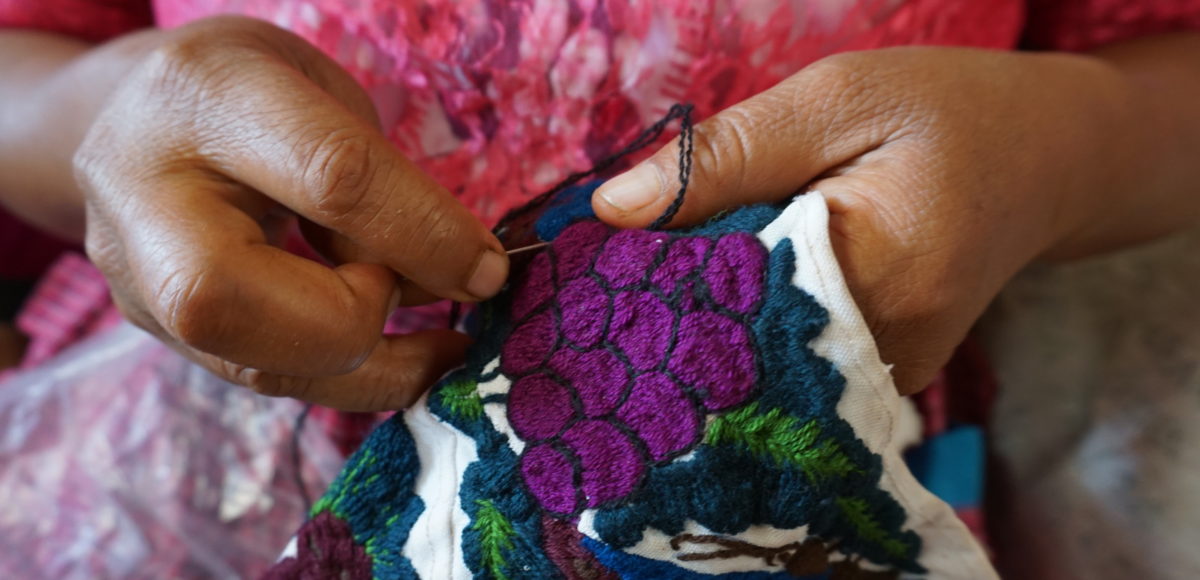About the Project
The marketplace, since pre-Columbian times, has remained a site of economic, cultural, and social exchange. For many indigenous communities, this is still the main venue at which to sell goods, socialize, gain exposure, and interact with tourists, but also a point of cross-cultural interaction in which indigenous communities become in contact with social practices and technological advances from outsiders that they consider useful, like technology and science. In recent years, indigenous markets have become a popular tourist attraction, and one of the main income sources for their own respective countries; however, in spite of their growing popularity, little is known about the significant role women play in the production, distribution, and marketing of handicrafts.
The main objective of our study was to elucidate the ways in which women from different indigenous backgrounds, ethnicities, and communities learn, develop, and run their own business undertakings. While our research did not seek to produce any quantitative or qualitative data from which to draw concrete results, through our interaction with the narrators, we hoped to gain a deeper insight on how: handicraft making is transmitted and preserved across generations; which identity factors –like ethnicity, gender, age, and education– prevent or promote women’s advancement inside and outside their own localities; what is the direct impact of globalization, capitalism, migration, and open market economies in the production of handicrafts; and how do women balance their household responsibilities and their business undertakings.
For our interviews, we opted for the “speaking with” model engagement, allowing the narrators to freely guide the conversation, relating to us and to the questions in their own terms. By taking this standpoint, we hoped to position women as experts of their trade in their own right, acting and sharing their experiences as producers of culture and across the borders of their own countries and communities. Allowing the narratives –and narrators– to speak for themselves freed listeners to relate to each of the stories as an individual and unique autobiographical piece, each as a line in a map configuring the complex dynamics of race, gender, class, and identity. Some of the interviews here were also conducted by women artisans themselves to each other, like the communities, we are working with are looking to develop greater autonomy and also promote their own work in digital format.
As vendors are not organized or associated, we were not always able to set up the interviews prior to our visit and in a quiet space. The majority of the interviews took place at open markets and the quality of the sound is sometimes background noise. The language was an additional barrier since some of the vendors are less fluent in Spanish. Sometimes the responses do not fully correspond to the questions asked due to different understandings of the meaning of the questions by the vendors. All the women were very cooperative, however. Some of their responses are short, whereas others respond in a narrative format.
Collaborators

Maria Claudia Andre, Hope College

Cheryl Martens, Universidad San Francisco de Quito




















